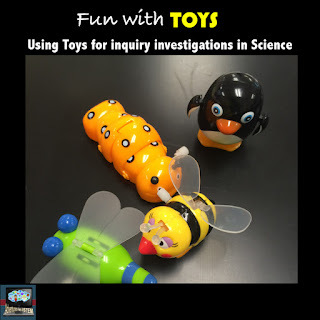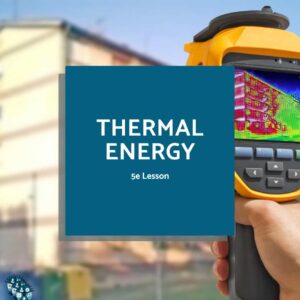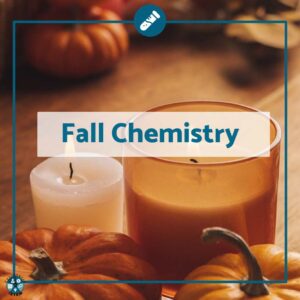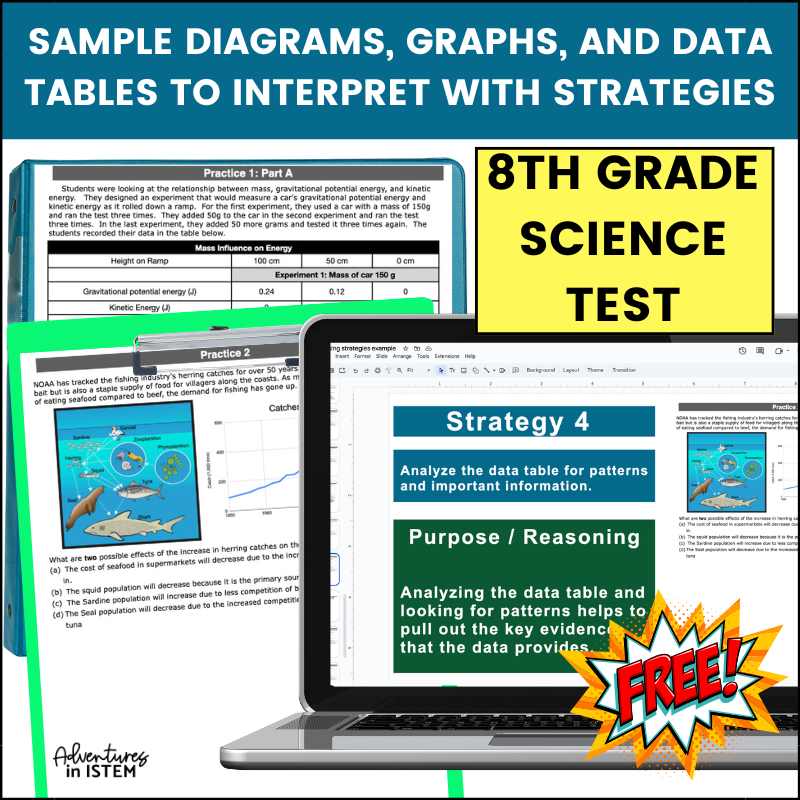True inquiry involves students coming up with their own questions and ways to test the question. The problem that I ran into is the fact that I am required to teach certain topics in a certain time and it leaves very little time for this open-ended questioning inquiry. I still want my students to do inquiry since I feel it is very important to allow students to discover information on their own. So I do a more controlled inquiry.
When I did my speed science stations my students already learned how to solve for speed. They also had a basic understanding of the scientific method and the importance of keeping an experiment controlled and doing multiple tests. Keeping this in mind I wanted to give them a fun inquiry investigation.
What student doesn’t love wind-up toys? For my Group Collaboration Station I gave my students 3-4 different windup toys and just a question: Which wind-up toy is the fastest? That was it. I provided the question but they had to figure out how they were going to answer it. During their investigations they realized the toys didn’t move straight so they had to problem solve to get them going straight.
When doing inquiry investigations in your class it is so important to leave students alone at the beginning and allow them to struggle. Give them the time to discuss with others and share ideas before you offer support. Your support should just be probing questions. For example, when I saw that students were touching the windup toys to keep them straight I used this as an opportunity to discuss variables and asked them to come up with a solution that kept the windup toy straight without them touching it. Most ended up making some type of track.
By the end of the class period all my students, from my lowest special needs students to my highest Gifted students, came up with a controlled experiment to test the windup toys and determine which toy had the fastest speed.
For more information on this inquiry check out my Periscope replay on youtube.








